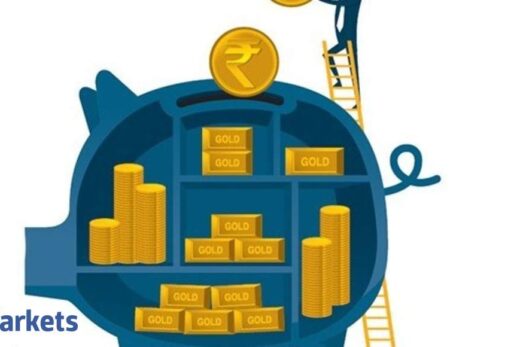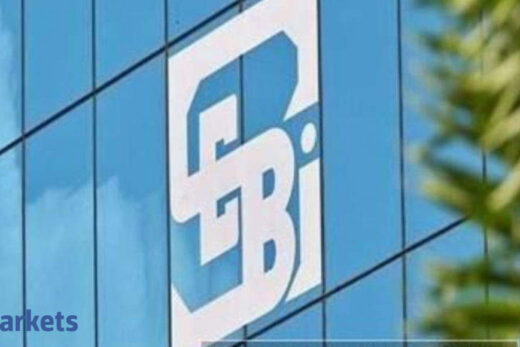The IPO market is already setting a new record with 42 IPOs raising over Rs 72,300 crore for the first time in any calendar year. This figure could surpass the Rs 1 lakh crore mark with a long list of issues in the pipeline.
This IPO frenzy is unsurprising given the abundant liquidity, ease in the listing process and overall bullish sentiments. Bull runs in the past, too, have experienced similar IPO hysteria. For instance, 2017-18 witnessed 81 IPOs/FPOs/OFS worth Rs 98,000 crore. In 2013-14, we saw a similar count, amounting to Rs 15,000 crore.
With funds already blocked in the secondary markets and IPOs being attractive money-making opportunities, it was an opportune time for investors, especially HNIs, to borrow funds at extremely competitive interest rates. Investors, who leverage their way to IPOs, profit only if the company lists at a premium higher than the cost of funds. However, in the second half of the calendar year 2021, 25 per cent of the IPOs have listed at a discount, thereby leading to losses for investors and increasing risk for financers. This, coupled with the mopping up of surplus liquidity by RBI through the VRRR auctions resulted in the borrowing cost almost doubling recently. With elevated interest costs, HNIs are likely to be pensive and selective about the offers they apply for. Therefore, retail investors are advised to not only consider the possible listing gains but also the fundamentals and valuations of the IPOs, and seek out strong businesses with a good long-term structural story before subscribing.
Event of the week
As the market remained turbulent, Bank Nifty held on to its previous gains in the early part of the week and crossed the 41,000 mark. But it fell in line with other benchmark indices as it corrected mid-week on profit-booking, snapping its rally. With the larger banks reporting their Q2 numbers, Bank Nifty will remain in focus. So far, banks saw their PAT increase on the back of higher interest incomes and improvement in asset quality, which was marginally offset by interest reversals, increased slippages and declining margins. Going forward, the banking sector is expected to perform well in the medium to long term. The management commentary of a majority of banks indicated a strong festive season and an optimistic growth outlook.
Technical Outlook
Nifty50 closed in the red for the second consecutive week. The market breadth remained mostly negative for the entire week with Bank Nifty and many other sectoral indices facing selling pressure. While Nifty did bounce from minor support of 17,600 level in the last trading session, the sentiment currently seems bearish. The next crucial support level is now placed at 17,250. A decisive break below this level can extend the price and time correction to a couple of days going ahead. As markets are currently standing at critical levels, traders should keep tight stop losses while taking any positions.
 ET CONTRIBUTORS
ET CONTRIBUTORS
Expectations for the week
The trading week ahead may be shorter than usual but will definitely be action-packed. News flow and market sentiment could be largely dominated by the FOMC meeting. While investors seem to have factored in the tapering to be initiated by mid-November, the focus will now shift on the timeline of the interest rate hikes in light of the looming threat of inflation. Back home, automakers will be disclosing their monthly sales figure. Despite the onset of the festive season, semi-conductor shortages, rising freight and commodity prices may continue to pinch the margins. Nifty50 closed the week at 17,671.65, down 2.45 per cent.



